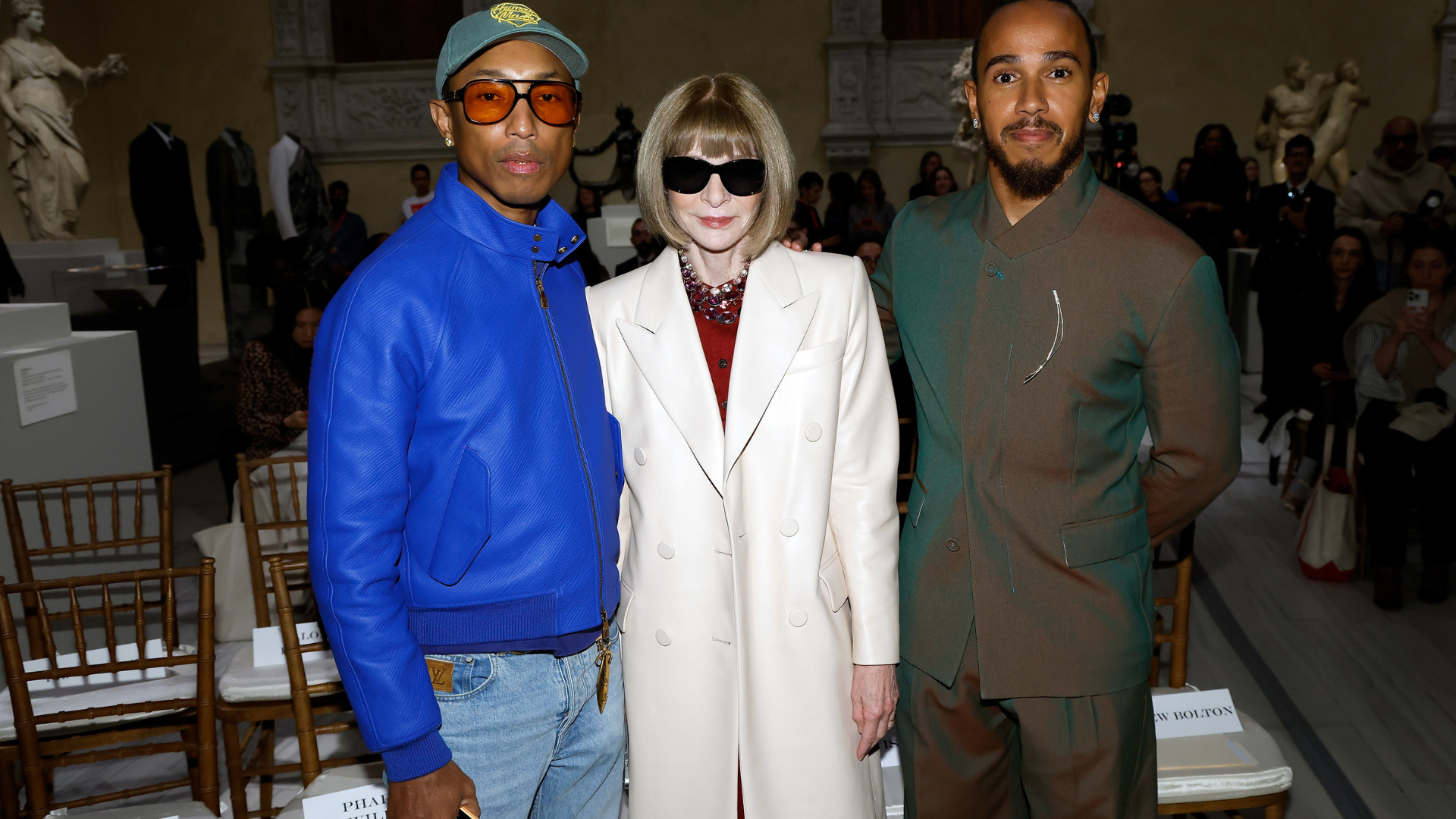
As of today, Conde Nast’s global editorial director and Vogue’s editor-in-chief, Anna Wintour, will reportedly be stepping down. This is not a drill. The announcement was made to staffers that she’d be seeking a new head of editorial content at Vogue and that Wintour would be stepping back to focus on the global market as chief content officer and editorial director, leading all titles at Condé Nast, excluding The New Yorker, according to WWD.
Wintour took over as editor-in-chief of Vogue in 1988, succeeding Grace Mirabella and ushering in a bold new era for the magazine. She shifted the magazine’s DNA, replacing its insular, fashion, and supermodel-only focus with a bold fusion of celebrity, politics, and high style. She established the celebrity cover as a standard practice, utilizing figures like Michelle Obama, Beyoncé, and Kim Kardashian to enhance fashion’s relevance in pop culture and vice versa.
Under Wintour’s leadership, Vogue crowned designers like John Galliano, Alexander McQueen, and Marc Jacobs as figures worth paying attention to. While doing so, she solidified her place as an industry kingmaker. She also masterminded Teen Vogue, which launched with founding editor-in-chief Amy Astley in 2003. Wintour also steered Condé Nast through its digital pivot, all while transforming the Met Gala into fashion’s most coveted, cinematic red-carpet event (Wintour became co-chair of the prestigious event in 1995).
Wintour’s reputation is formidable; it inspired the icy fictional editor Miranda Priestly in “The Devil Wears Prada,” a portrayal that cemented Wintour in the public imagination as fashion’s most intimidating tastemaker. Still, few editors have wielded such influence for so long. Her vision dictated industry aesthetics for decades, from ’90s minimalism to today’s curated maximalism. Whether you admire her or question her legacy, one thing is certain: Anna Wintour didn’t just edit Vogue, she was Vogue.
Now, for the first time in nearly four decades, the magazine must redefine itself without her daily direction. With Wintour stepping back from the U.S. edition, Vogue stands at a pivotal crossroads. The next head of editorial content will inherit a masthead, a cultural institution, and for many, the fashion Bible. Industry speculation is already swirling: will Condé Nast promote from within Wintour’s tight inner circle, or make a bold move toward a new, more digitally fluent voice?
In an era where fashion is shaped as much by TikTok as by runways, Vogue needs leadership that can bridge legacy and innovation. Whoever steps in must not only protect the brand’s authority but also demonstrate that Vogue can continue to lead the conversation. What comes next won’t just define the magazine, it will define the future of fashion media.